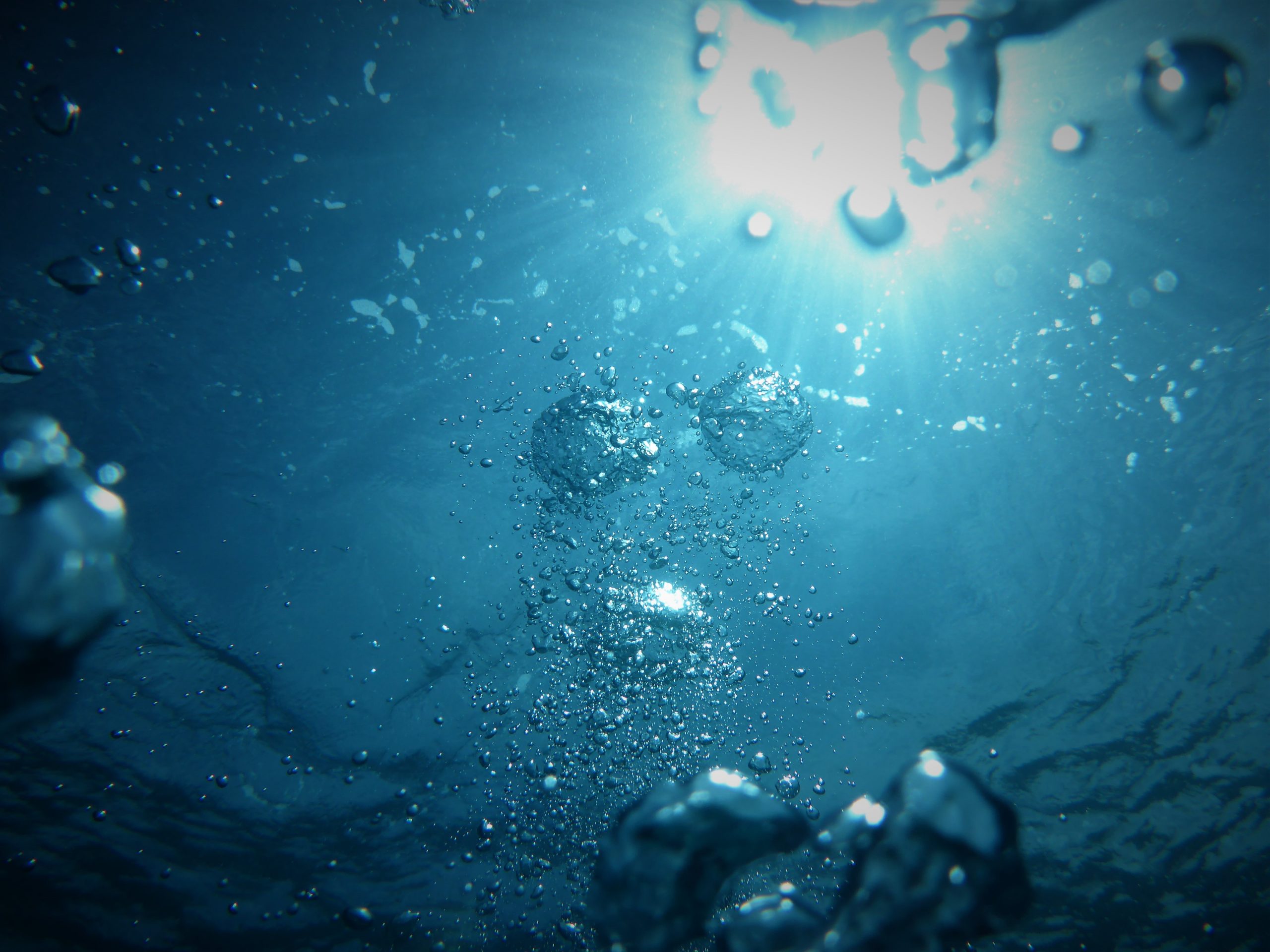
- Date
- 28th October 2020
- Categories
By Martin Price (Gamos Ltd.).
In a quest to minimise the energy consumed in cooking food and heating water, we have had a number of proposals that suggest using the surplus energy from Solar Home Systems, or from Solar mini grids to ‘pre-heat’ water. The core idea has been that if the surplus midday energy was used to pre-heat and store water, the cooking processes could start with ‘hot’ water, and/or the heated water could be used for washing. While this idea perhaps has some merits from an energy point of view, it introduces some risks related to waterborne diseases and concentration of minerals.
This briefing note lays out the core risks, and we would encourage all applicants who are suggesting ‘pre-heating’ water to explicitly explain why their system will either not allow standing water, guarantee the water will be sufficiently boiled before drinking and not lead to boiling water multiple times.
The briefing note explains how:
- Boiling water removes many but not all waterborne pathogens
Boiling provides a sufficient level of water treatment to mitigate against a wide range of waterborne diseases, which may take the form of bacteria (e.g. legionella, E. coli), viruses (e.g. norovirus, hepatitis A), or protozoa (e.g. giardia). The World Health Organisation (WHO) report that heating water to pasteurisation temperatures (60℃-70℃) for ten minutes “will kill most waterborne pathogens”, and heating to 55℃ for a number of hours “will dramatically reduce non-spore forming bacterial pathogens as well as many viruses and parasites (including giardia)
2. Heated, stagnant water can provide optimal conditions for their growth
Heated water can provide favourable conditions for the growth of harmful bacteria such as Legionella and Escherichia (E. coli). Legionella develops at temperatures between 25℃ – 43℃, and can survive between 55℃ – 60℃, and it is therefore paramount that cold water is kept below 25℃ and hot water remains above 60℃ in order to remove the contamination risk. E. coli is removed from the water once it reaches boiling point. A rolling boil should be sustained for at least one minute, and for longer at high altitudes. In addition to the static. Fluctuations in water temperature (e.g. heating and storing water at different times and temperatures) support not just the growth of legionella, but also nontuberculous mycobacteria (NTM) and pseudomonas, among others.
3. Heating water can increase the concentration of arsenic, nitrates, and other dangerous substances that cannot be removed through boiling
If water is being heated at two separate stages – for instance using surplus solar energy and again at the point of consumption – the risk to health can increase. Some toxic substances (e.g. nitrates, arsenic) cannot be removed by boiling or heating water, and so the more the water evaporates through heating, the greater the concentration of these substances.
4. Heating water also increases the risk of leaching, depending on the storage containers being used.
At elevated temperatures, polyethylene terephthalate plastic releases two chemicals harmful to human health: antimony (a carcinogen), and bisphenol A (BPA). Following a study that examined chemical levels in water left for four weeks at 70℃/158℉, it is believed that frequent consumption of warmed water can become harmful, and the dangers are likely to be more acute for children. Subsequently boiling or heating this water will not rid the supply of these chemicals.